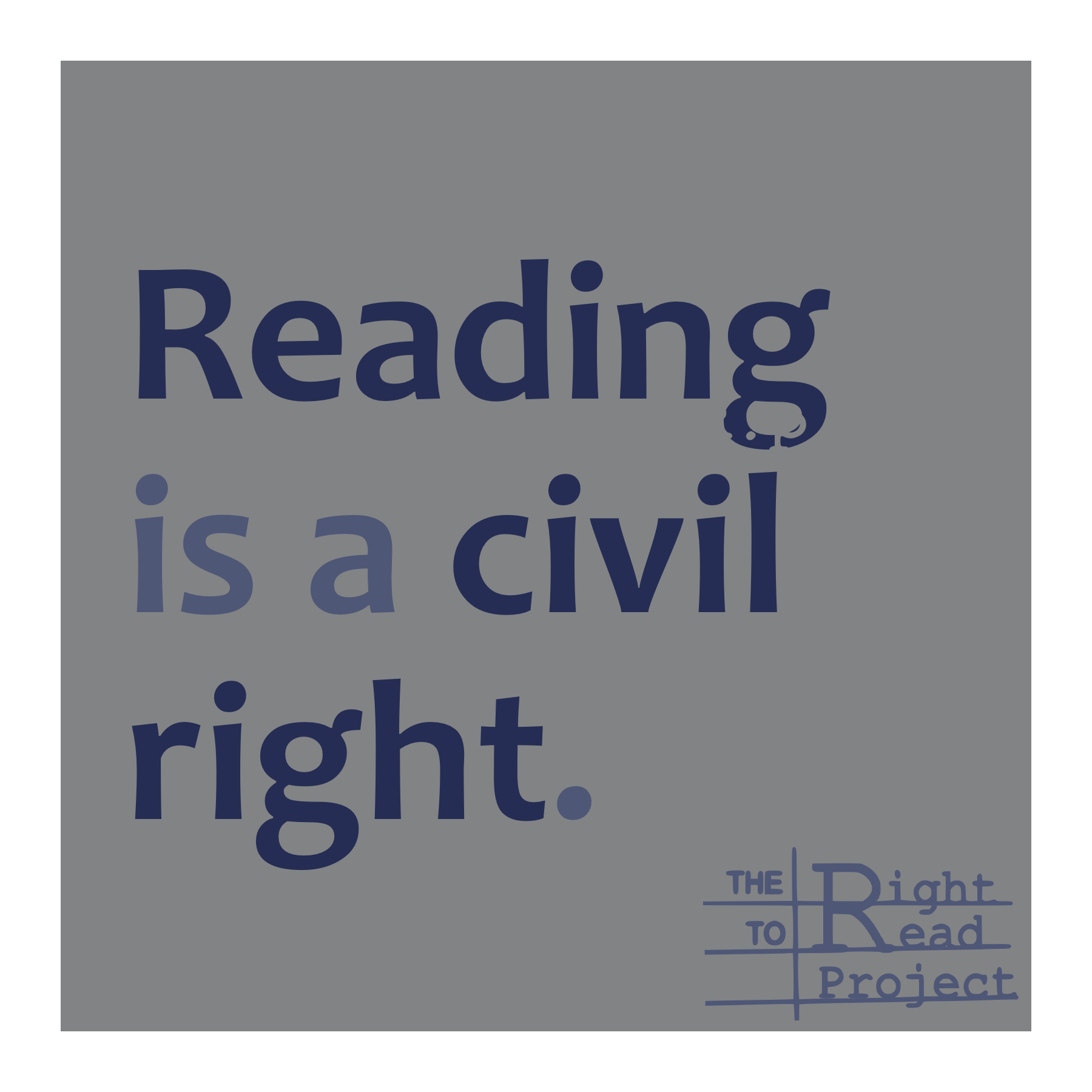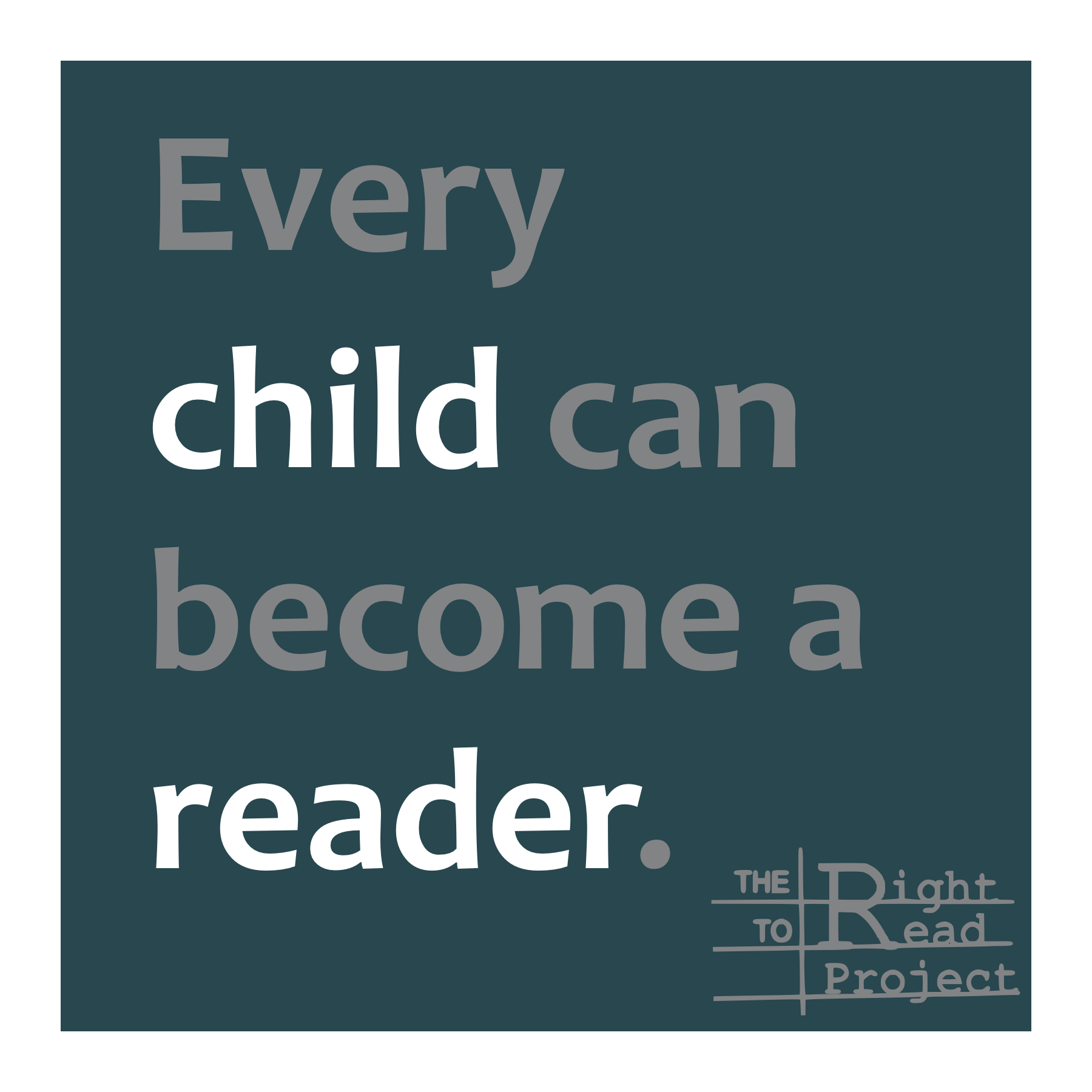Teachers can speak a lot of things into existence (a quiet line in the hallway, students sitting “criss, cross, applesauce”) but a love of reading isn’t one of them. Enthusiasm is a part of good teaching, but communicating a love of books isn’t the same thing as teaching reading. I learned that the hard way.
When Reading Comes Easily, It’s Easy to Love It
Reading courses in my teacher preparation program centered around a love of reading. In class, we shared our own memories of learning to read, curated books lists for our classroom libraries, and debated the themes hidden in our favorite children’s books. We were taught to devote time to students reading for pleasure and to be disdainful of basal programs with scripted lessons.
When I first began teaching, I read aloud to my class every day, gave my students time for independent reading, and facilitated discussions about their books. My approach worked well for students who entered my fourth grade class already reading well. They would sprawl around the classroom and become so absorbed in their books that they’d groan when Read to Self time was over. I had a few students who struggled with reading and they were pulled for intervention by a specialist and I never had the opportunity to see the instruction they received. So while I taught fourth grade in a high-performing school, I believed that if students were given time to read and discuss good books, their abilities would grow and a love of reading would flow naturally.
But When Reading is Difficult…
Five years ago, I moved to a school with low reading achievement. As a literacy coach, I saw teachers try the same strategies I had used, but they experienced very different results. And I quickly learned that in classrooms with children who cannot read well there are a thousand ways a Readers Workshop lesson can backfire.
In one third grade class, a teacher began to state her teaching point, “Good readers…” only to be cut off by a student who called out, “We don’t got those in here!” The teacher handled the disruption beautifully in the moment, but afterwards she lamented, “The kid had a point.” Just two of her students were reading anywhere near grade level.
In well-managed classrooms, independent reading periods would devolve into quiet distraction. In less-orderly rooms, students scrawled curse words in books and knocked leveled book bins to the floor. Our school’s kindergarteners had more tolerance for low-level books than the ten year olds who had been struggling for years to make sense of reading. I soon realized that independent reading is a burden, not a pleasure, for students who struggle to lift the words off the page.
Student: Why do they always put tricky words in there?
Although we had hundreds of books bins, only the low-level books were being used. Our mini-lessons began to feel too mini and our Guided Reading lessons felt too guided. What had seemed to be enough in my own fourth grade classroom was certainly not enough here. It seemed cruel to talk about a love of reading when students felt taunted by the squiggly lines on the page.
The Joy of Cracking the Code
I began to use the time I had devoted to Guided Reading intervention for explicit phonics instruction. The scripted lessons felt dry, but I honored the instructional routines and I faked enthusiasm. My students discovered the joy in the lessons before I did.
While practicing some high-frequency words:
Arjay: “It’s where but it’s also here!”
Me [missing his point]: “You were right. The word is where.”
Arjay: “But take away the w and it’s here.”
Emberly: “And with no e it’s her!”
Rodney: “You could also do he!”
My students noticed their sight-words everywhere and they became more confident when sounding out words. They began to see unfamiliar words as puzzles to solve rather than an author’s attempt to stump them.
As my third-grade group reviewed our spelling-sounds one student exclaimed:
Arturo: “You know what I just realized? A letter is a picture of a sound!”
And with that, I began to see written words differently, too.
A new second grader, Rodrigo, was added to one of my reading groups. I asked him to observe our routines and to join in when he felt ready. He sat, fiddled, watched, and at one point he exclaimed, “This is boring. I know all this.” Another student responded, “Then say the sounds with us!” Rodrigo went back to being silent.
Towards the end of the lesson, I asked my students to open their decodable books and read quietly to themselves. I prompted Rodrigo several times and eventually he began to read. He came to the word match and mumbled.
Me: Sound it out.
Rodrigo: [silent]
Me: First sound? [pause.] /mmm/ Try it.
Rodrigo: mmmaaa… It’s /ch/! It’s the t-c-h! Like on the card!
Me: You’re right! It’s one of the sounds we were practicing.
Rodrigo: That sound is in the book?!
Me: Yep! All our sounds are there.
Rodrigo [studied the book and then, in a low and serious voice]: Ms. Goldberg. There are SOUNDS. In. The. Book.
Rodrigo and I sat in silence, letting the magic of an alphabetic language sink in.
For years, Rodrigo had feigned confidence in reading. No one had noticed he hadn’t the slightest idea how to tackle unfamiliar words until he got to mid-second grade and his guessing strategies began to fail him. Rodrigo had never realized the connection between the phonics instruction he’d received and the books that surrounded him. But once he realized the beauty of an alphabetic system- 26 letters which, in a variety of combinations, represent 44 spoken sounds- he became a voracious reader.
Falling In Love…
At first, my students got a thrill from turning the squiggly lines into speech sounds, but eventually they learned to decode words effortlessly. Then their thrill came from visualizing stories and learning new facts as they read. Once they cracked the code, a love of reading began to flow. I was no longer trying to speak a love of reading into existence, I was watching my students discover it themselves.









My experience has been that listening comprehension precedes most other aspects of the reading process and fosters that desire to read, while phonics can fulfill that desire. As we read aloud, the child can focus on what’s going on in a story, make discoveries, experience some pleasure, gain phonological awareness skills. Children who haven’t been read to extensively, are truly behind in this area. Yet many K curriculums even skip phonological awareness and immediately jump into phonics. children who lack this read aloud experience have less desire to read and have real issues with verbal comprehension,(difficulties “making mind movies”) when they can read “the words”. I strongly suggest that teachers with struggling students keep this in mind as they push phonics- perhaps ahead of the rest.
My mother couldn’t read so I was never read to yet I am an avid reader, always way ahead of my class. This is an inaccurate generalisation.
If all English spellings had just one pronunciation, as in ‘keep, sleep, deep’, all our students would learn to read as easily as in Finland and Korea, and would readily fall in love with reading. The main reason why around 40% don’t become avid readers are the different pronunciations for identical spellings in hundreds of words like ‘here there were, good food, one bone gone…’. For students with less than average intelligence and no help with learning to read outside school from parents or carers, the phonically irregular spellings make life very difficult. It’s the price many students have to pay for our obstinate refusal to modernise English spelling, to make it more learner-friendly
http://englishspellingproblems.blogspot.co.uk
You lack the science behind reading as brain scans show that reading ability is NOT linked to intelligence. The reason so many remain unable to read is due to lack of good quality teaching in the USA. We do not have that 40% statistic in the UK where phonics is set in law.
Does the code they ar cracking hav to be a tricky one? Is it ment to be an hurdle to overcome? Or should it be an aid? As Masha Bell suggests, it needs to be lerner frendly
This is so on point. You certainly can teach reading.
I have always read to my children and I believe it has benefited them greatly.
I have recently been learning about Phonics and I think this looks to be a good place to start if you have young ones who are learning themselves.